There was a time, not long ago when a small staff, including a cook and “a competent girl,” no doubt the nimble upstairs maid, oversaw the day-to-day function of the large Queen Anne at 3618 Farnam Street. I do like to picture that well-run affair…was there a driver and an outdoor man, as my grandmother would say? The beautiful, busy home, right in the center of the enshrouded, tree-lined West Farnam District, with its moneyed homeowners regaling treasured friends and business alliances alike on that wrap-around porch, was running at its societal peak in the teens and early 20s. Very soon after, 3618 was to become quite a different place, indeed.
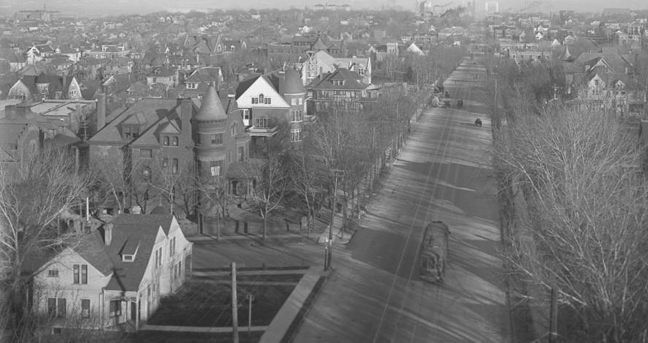
Looking east on Farnam St. from the Blackstone Hotel at 36th and Farnam Street. This photo is east of 3618 Farnam. The Gold Coast area, also known as the West Farnam District, now Blackstone District, was once celebrated for its fine homes. There were many stately mansions along Farnam, in particular. In the far distance is the Downtown Omaha area. Yes, that is a streetcar. November of 1915. (Photo courtesy of the Bostwick-Frohardt/KM3TV Photography Collection at The Durham Museum Photo Archive).
Before I run headlong for my dreams of the Blackwells’ silver collection and the subsequent polishing that took place in their butler’s pantry, machinations of innumerable refined silk tassels hanging from well-placed brass keys in their locks and a handmade, Italian Murano eight light chandelier (I do lose all sense of restraint), let me welcome our new friends. There are many newcomers to our group as of late who might not be accustomed to our peculiar ways. If you happen to be new and have not yet read Part One of this story, please take the time to read A Passing Glimpse: 3618 Farnam Street as Part Two will make little, to no sense. And I would never want to be accused of Making No Sense.
As for the rest of you fellow sleuths, let us proceed. Regarding 3618 Farnam, we are, regretfully, long past A Passing Glimpse phase and I will dare say we have moved on to The Collective Goggle. The name A Passing Glimpse, was a well or half-understood nod to Robert Frost–his name will appear again soon, when I reveal a strangely, well-designed universal act of serendipity. Pencil that down. 3618 Farnam Street has spun up quite a bit of dust(y fervor). I felt it was my detective duty to pass along these fabulous new clues shared by readers as well as some surveillance photos I captured on a recent Reconnaissance-Goodbye Tour. Part Two naturally supervened.
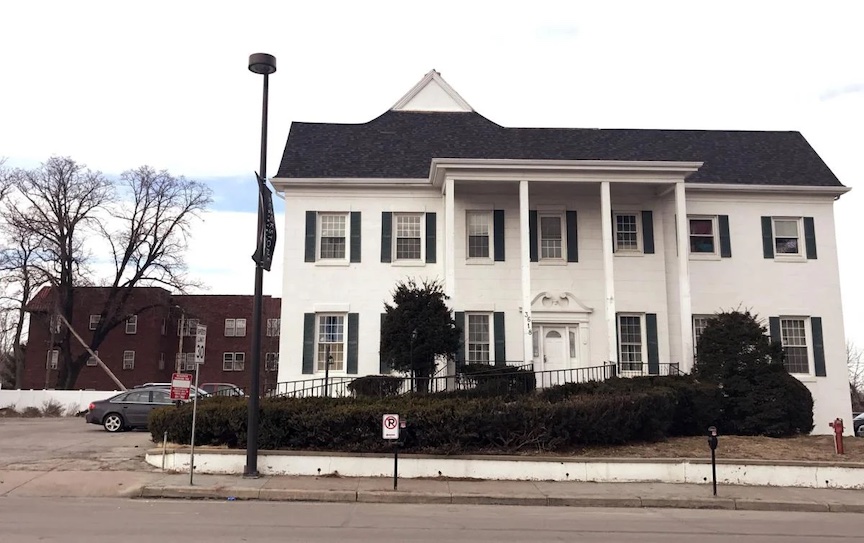
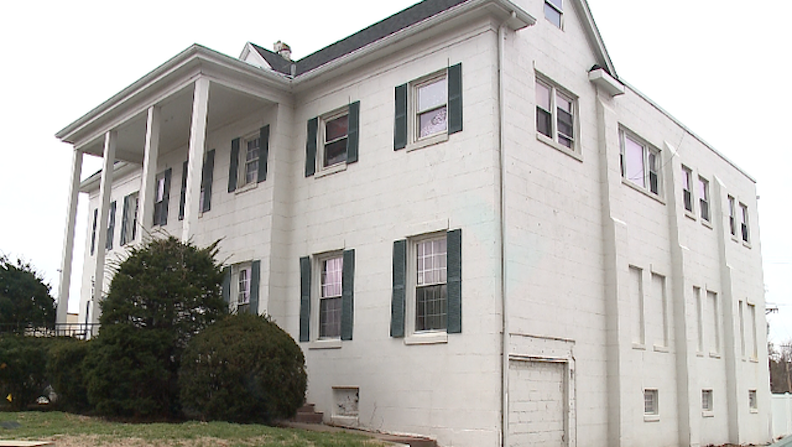
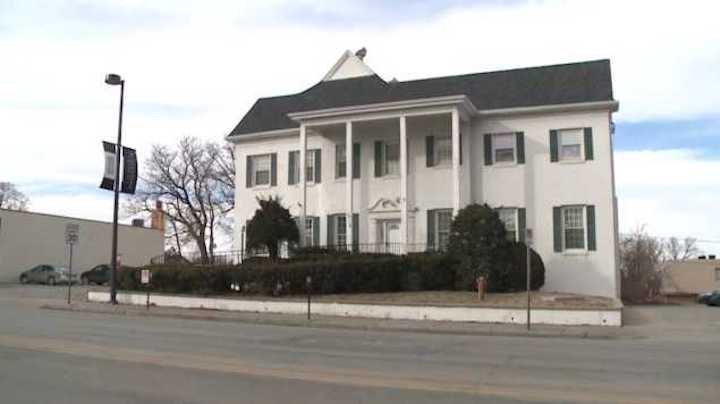
New Evidence
First things first: In the original article, I wrongly assigned the newly proposed development at 3618 Farnam Street to Greenslate Development. 3618 was actually purchased by Clarity Development. Their forecasted project is to be a 112 apartment-mixed space with commercial on the ground level. Clarity Development proposes this new undertaking to be completed by the spring of 2019. A ways away. A Facebook reader was concerned that this demolition would cause a vacancy in the form of an open field for a long period of time and now I understand what she was writing about after further investigation.
**Addendum of August 20, 2017**I have since heard from a GreenSlate representative and 3618 is a collaborative effort between partners Clarity Development and GreenSlate Development.
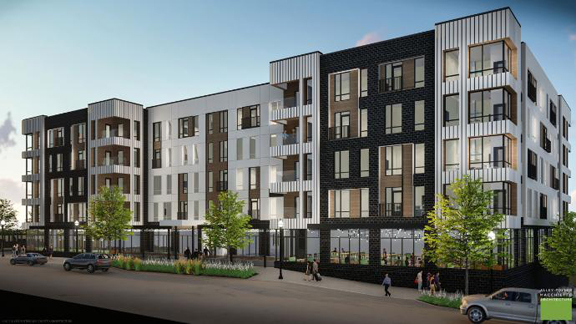
Photo from WOWT site. This appears to be an Alley Poyner Macchietto design, although I could not find it on their website. http://www.alleypoyner.com/
I could be wrong, but doesn’t this mockup look like a full city block? There is a parking lot already to the east and west of 3618 but does anyone else get the feeling that 3624 Farnam Street, the mysterious home of Slate Architecture, might get cleared away next?
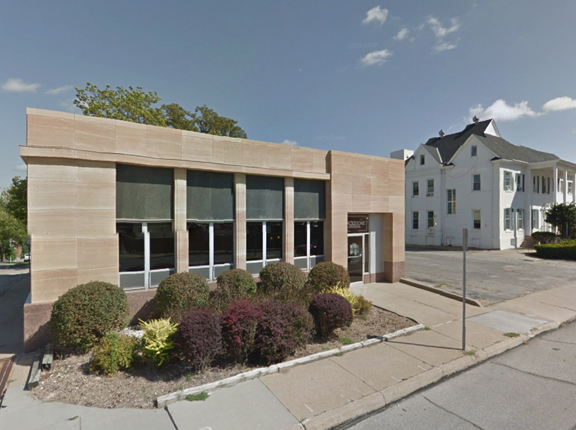
Dubious…I hope not. I know of people who worship at this fine little building. And I just might be the clergywoman. This much adored little MCM building was erected in 1956 as the Wachob-Bender Corporation. Soon after Robert Storz (yes, that Storz family) joined the company, becoming Storz Wachob and Bender Corp. More on this later. Photo from Google Map.
Jane’s Evidence and Further Inspiration
In the original article I had figured out that by 1928, the Bringe & Nielsen Funeral Home had taken over ownership of the Colonial at 3618 Farnam. Omahan Jane H. wrote me, yet again, with some incredible new details, which sent me on a much deeper path. I am grateful to her. We shall call her Detective Jane from this point on and I will notate where her clues fall into place.
I discovered later in 1928 Crosby Mortuary purchased the funeral home. In the early 1920s, the company had been known as Hoffman Crosby Mortuary with the two partners later splitting off into their own funeral parlor endeavors.
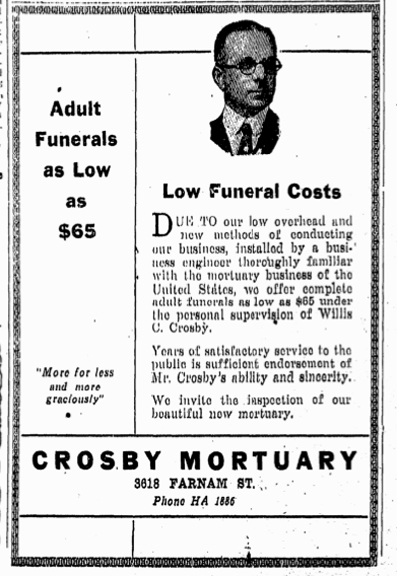
Owner Willis C. Crosby was known for offering respectable funeral arrangements at an inexpensive rate. OWH January 1929.
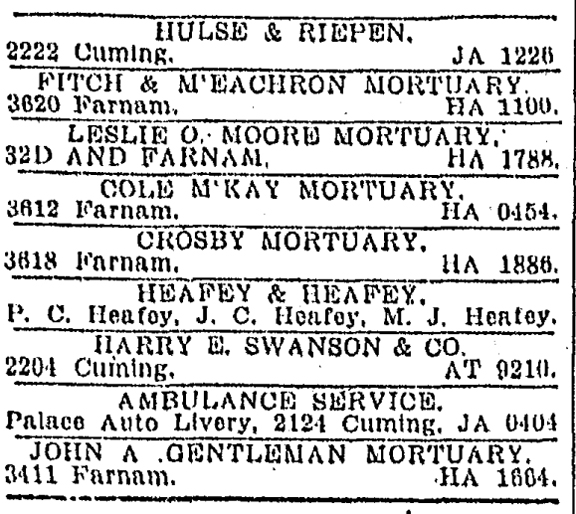
In the previous article I had made mention of the Farnam Street funeral home enclave. One can see from this OWH ad from March 6th of 1929 how prevalent this was. The other popular row of funeral homes in town was at about 22th and Cuming.
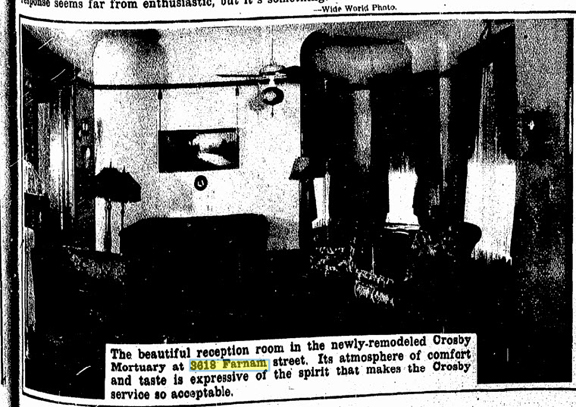
Detective Jane sent along this photo from the OWH (I guessed from 1931) where it reveals one of Crosby’s funeral home interiors, a new “reception room”.
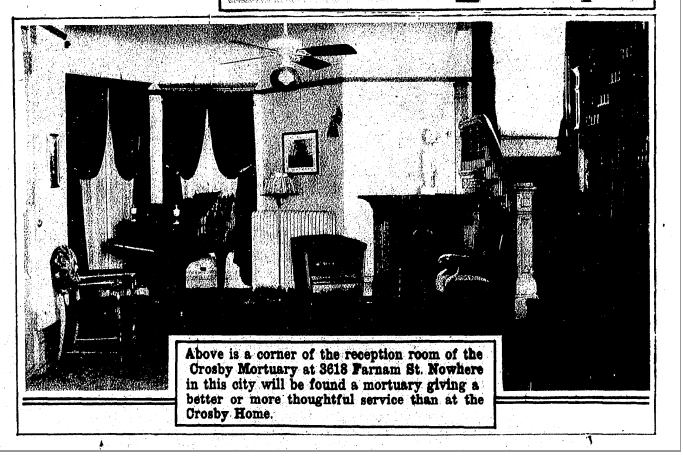
Her clue sent me looking for this. A corner reception room, unveiled in the OWH August 23, 1931 edition. Detectives, remember that stairwell. This will come up again later.
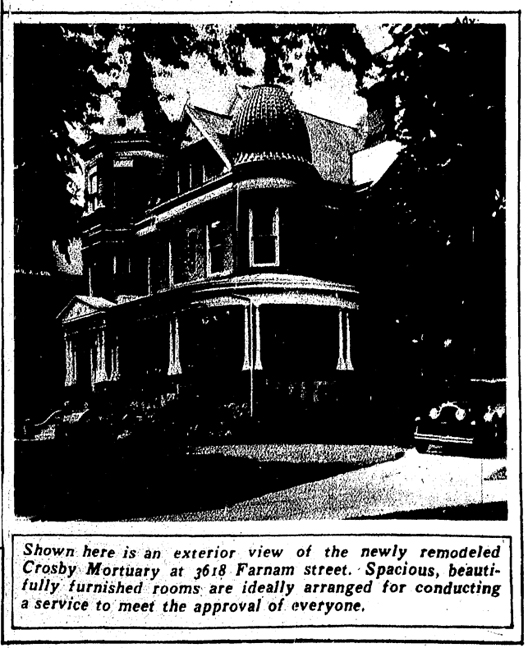
OWH June 21, 1931. When Detective Jane sent this one to me, Mr. Cassette had to revive me with smelling salts! I fainted again and again on all of our couches as I looked at one of the most revealing of clues. So she was a Queen Anne. This article means that Jane’s earlier speculation (the Queen Anne with the yellow arrow) was on-target. We had our proof that 3618 Farnam began life as a single family Queen Anne. Just look at those eclectic features: asymmetrical heaven, the tower and the turret capped with a tented roof and a fine artful dome–slate shingles and is there a copper finial ornament hiding in this black print? No doubt boasting rounded bay windows and there’s that wrap-around porch. And as one reader pointed out, the heavy, glorious trees of the past. Dreamy…
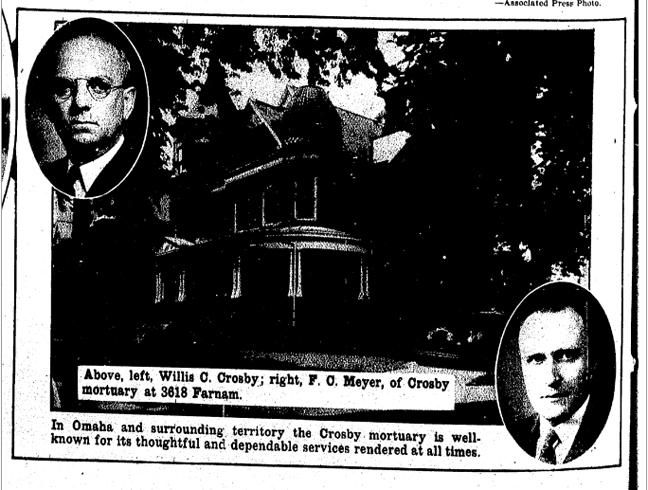
This OWH article from September 6, 1931 uncloaked another partner in the Crosby Mortuary. One F. C. Meyer. In 1934 Crosby then bought a funeral home in Benson and was running two locations. Crosby Benson Mortuary was on 55th and Military. By 1938 the funeral home at 3618 Farnam had become Crosby-Carlson-Meyer Mortuary. F. C. Meyer was now officially on the marquee.

In the original research of Part One, I had found that by 1940, Fitch, McEachron and Cole had moved their funeral parlor to 3618 Farnam. And that is when the real big changes began. The OWH building permit announcement from Oct 26, 1945 to Lem Fitch. $9,800 was the beginning renovation that would ultimately transform our Queen Anne into the massive Colonial building most of us have seen our whole lives.
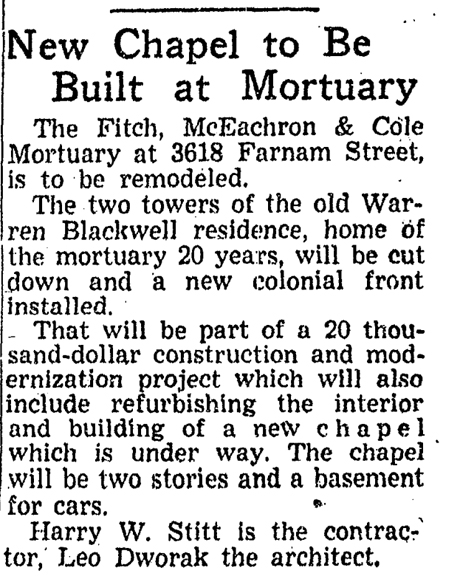
The next day this gem of a clue was run in the newspaper. OWH Oct 27, 1945. Detective Jane sent this evidence, the icing on the cake. “The chapel will be two stories and a basement for cars.” She added, “Hopefully some of the remnants are able to be salvaged from what remains.”
This brings up my question as to why Fitch & Cole would overhaul a fine Queen Anne and reshape it into a Colonial? This is all my guesswork and I would love to hear your theories as well. First off, I have nothing against Colonials. I think they are fine and noble. Those characteristics are actually why I think they picked this architectural style as well as wanting to move away from the mortuary in the home tradition of Farnam Street. The Queen Anne read Home and by 1945, it spelled Quirk and Outdated. The new Colonial facade was stately, clean and proper–everything a funeral home was trying to sell in 1945. The Colonial was also on the resurgence during this time, a nod to our forefathers. And although those little tiny columns seemed ridiculously disproportionate to me, the scale thrown off by the teeny windows and unimpressive entryway, cluttered roof and imposing, impersonal east elevation, 3618 Farnam continued to make a lasting impression, as evidenced by the recent huff and puff on this blog. There was also a need for more space, the chapel, the various visitation rooms and the additional living quarters upstairs for staff families. This remodel covered it all. But above all else, I relish strangeness and mystery in architecture. 3618 Farnam had all of it!
**Additional clue of May 18, 2024**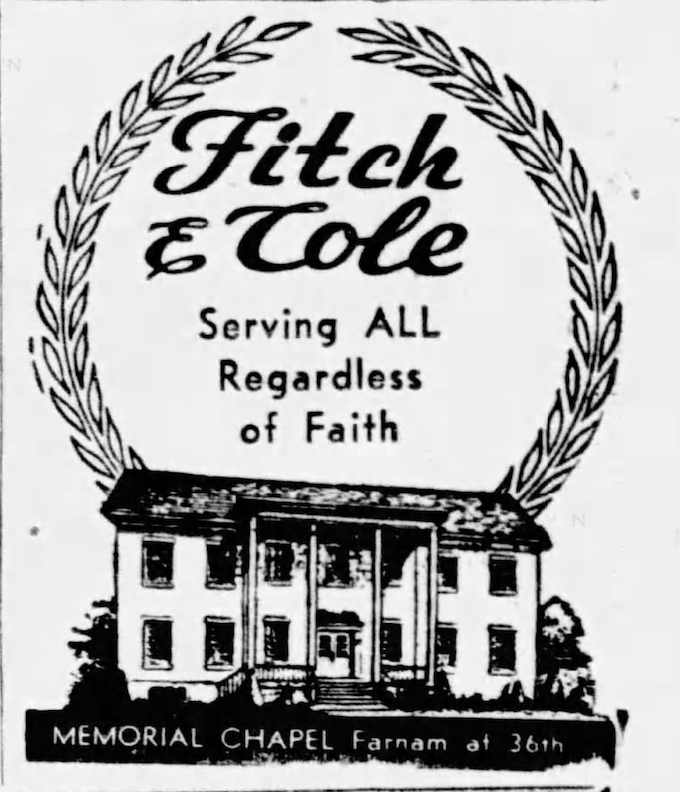
I just bumped into this great advertisement from 1953. There it is, like a little dollhouse.
Photographic Evidence

July of 1949. Looking west down Farnam Street at 36th. To the right is Fitch & Cole Mortuary (new shortened name.) The house to the east of 3618 Farnam has already been torn down and appears to be Blackstone Hotel parking. Look at that fantastic Blackstone font sign! Also notice the Glory Be homes all the way down to the Colonial Hotel. The trees appear to have been cut back in a severe manner. (Photo courtesy of the Bostwick-Frohardt/KM3TV Photography Collection at The Durham Museum Photo Archive).
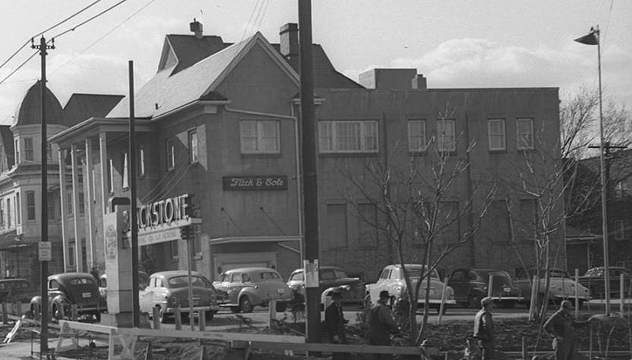
Detail. The Fitch & Cole sign appears to be neon. It is interesting to the note that the windows on the east side were already sealed up. I found that strange. Because I have been in the house, I know that this is where the chapel is located. Maybe their plans for the windows changed midway? Also notable is the curious (MCM) canopy above the garage entrance on the east side, where I had suspected the funeral coaches were stored. One can easily view a portion of the original roof from this angle. (Photo courtesy of the Bostwick-Frohardt/KM3TV Photography Collection at The Durham Museum Photo Archive).

I spotted our 3618 Obsession in the background of the “Last Streetcar Trip in Omaha,” a commemorative tour before city buses took their reign. March of 1955. (Photo courtesy of the Bostwick-Frohardt/KM3TV Photography Collection at The Durham Museum Photo Archive).

October of 1961. Looking northwest at 37th & Farnam Street from the roof of the Blackstone Hotel. Fitch & Cole can be seen, again featuring a stylized sign and a great looking classic clock above their front door. Directly to the west, this gorgeous home appears to have been converted to some sort of art and antique store. A menagerie of my favorite kind of things. Another search revealed a small sign that I think read Drew’s Antiques. If I could climb in that solarium I would. If you are able to draw this image nearer, you will find all sorts of antiques and art sculptures about..even along the drive. Looked at those striped awnings drawn up just so. Near the man walking along the sidewalk is an animal statue. If I am not mistaken we have all seen her before. And to the west of that, our little MCM friend at 3624 Farnam Street has now appeared unveiling the company name Storz Wachob and Bender Corporation. (Photo courtesy of the Bostwick-Frohardt/KM3TV Photography Collection at The Durham Museum Photo Archive).
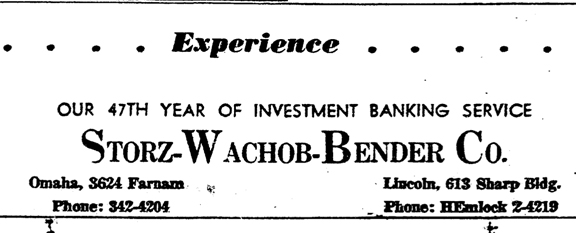
Side Note: The Wachob-Bender Corporation started in 1914. An investment group, they had previously kept their long time office in Downtown Omaha. Robert Storz would join their ranks and as you can see, 3624 Farnam is but a property away from the Storz Mansion to the west. The company announced in June of 1955 that they would move their company to West Farnam after building a new, modern office. They had their open house in January of 1956.
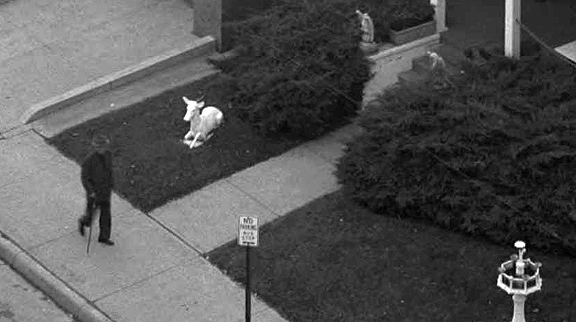
Detail. This great little buddy statue appears to be our Bashful donkey from a previous story about 5102 Cass Street. Make your own decision after reviewing Delights of Omaha
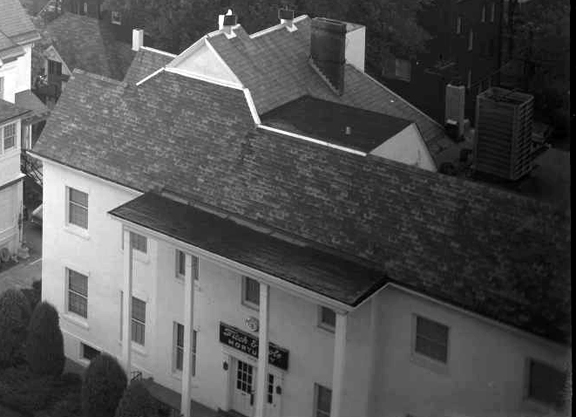
Detail. I was wanting a closer look at that roof and here it is. Very interesting. It is easy to see the addition from this viewpoint following the strange roof lines.

Speaking of rooftops, reader Michael Volenec was so kind to send this over, after my wistful longing to see the roof. A current view. Thank you, Michael!
**Addendum of August 2025** New secret photograph of 1987.

Great photo! Thank you.
The Bennet Riley Clues
Bennet Riley, a big fan of all things Omaha history and a My Omaha Obsession reader, just so happened to be a former Phi Kappa Psi member. He gave me permission to share his insight into 3618 Farnam Street and I treasure his words and photos. Thank you Bennet!
He wrote, “I am a former member of Phi Psi and had the privilege to live in that beautiful home in 2015 in the second floor bedroom on the west side. I know that the committee that oversaw the sale of the house cleared out a significant amount of important pieces such as light fixtures that could have been there since the beginning.”
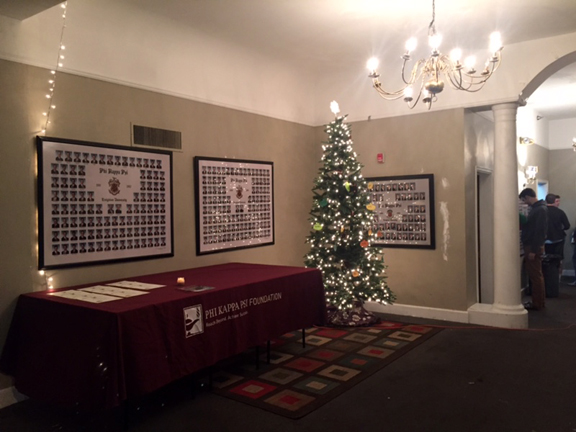
Riley’s photo of the Phi Psi foyer. He took these photos in the last year. “This is the foyer immediately inside the front door. The first two photos were taken in mid December 2016. We clearly liked to be festive.”
In my previous article I had mentioned a funeral home night attendant. Riley wrote about this. “Regarding the night attendant’s interview, I’ve heard a few different claims of paranormal intervention over the years. One came from a girl who was at a party at the Phi Psi house and told some of our brothers that one of her relatives, by the name of Laller (sp? Lawler? Lalor?) was the accountant for Fitch & Cole Mortuary and lived on the third floor. This floor is now six separate bedrooms, but according to her, it used to basically be a loft apartment where he lived and, allegedly, died. Since then, Phi Psi has attributed all strange occurrences to our friendly house ghost, the affectionately titled, ‘Grandpa Laller.’ ‘The house giveth, the house taketh,’ is also a common phrase used when things mysteriously disappear and reappear in strange places. I personally think carelessness and a few too many beers might nearly always be sufficient explanation, but maybe these forces and Grandpa Laller are working in tandem.”
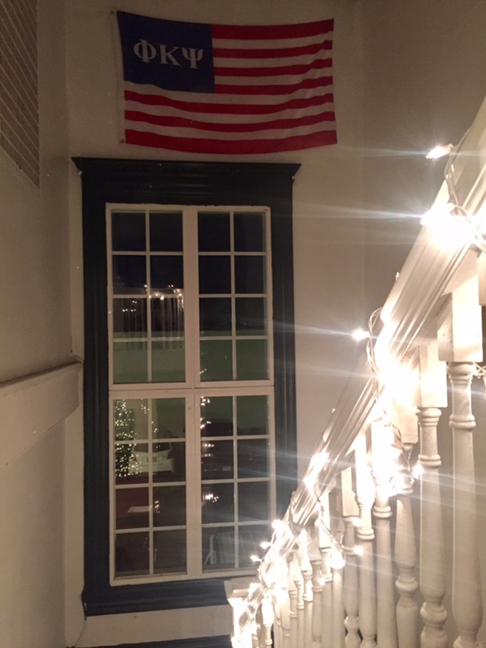
Riley’s holiday stairwell photo that you may want to go back and compare to the Crosby Mortuary photo.
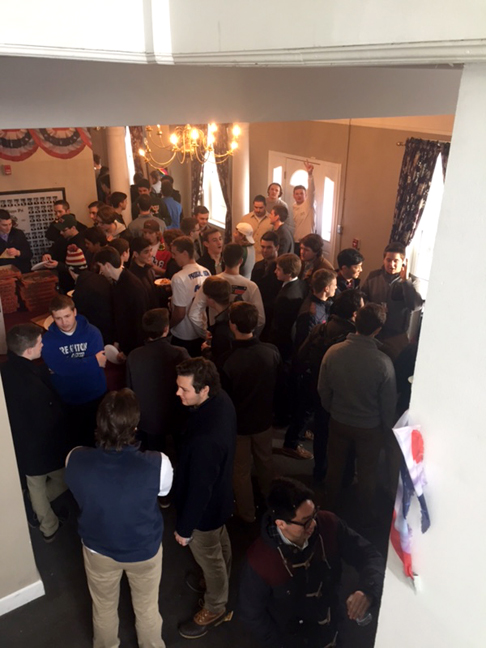
Photo of the foyer, directly within the front door, taken from the stairwell.

Phi Kappa Psi meeting in what was the 1940s “new chapel addition.” Fitch & Cole had called it the “Beautiful Memorial Chapel” in 1947.

A priest from Creighton University saying mass or blessing the house(?) as seen in the same chapel turned meeting room. Riley also included this touching sentiment. “I just want to say that this house means as much to me than the one I grew up in. It was much more than just a place to party, and the parties were actually a pretty minor part of the experience for us. The guys I got to know in that house will be in my wedding and at my funeral. It was a home and we were like a family, and it will be missed by many.”
My Visit Behind the Demolition Fence
An opportunity presented itself and I visited the soon to be demolished home before receiving Riley’s photos. I did not think the house would be filled with treasures upon entry. I assumed all of the original goodness was long ago plundered. A part of me had hopes of finding good bones and hiding architectural clues, at least in the older part of the house. I was hoping I could feel something but truth be told, I had long missed the boat. Terrible drywall, stagnant air, pillaged, remnants of frat house life strewn about and the smells of an empty house ravaged by scrappers night after night. There was much evidence of break-ins and scrapping for copper and metals. So prepare to enter. Steel yourself, friends. It was not a pretty site.
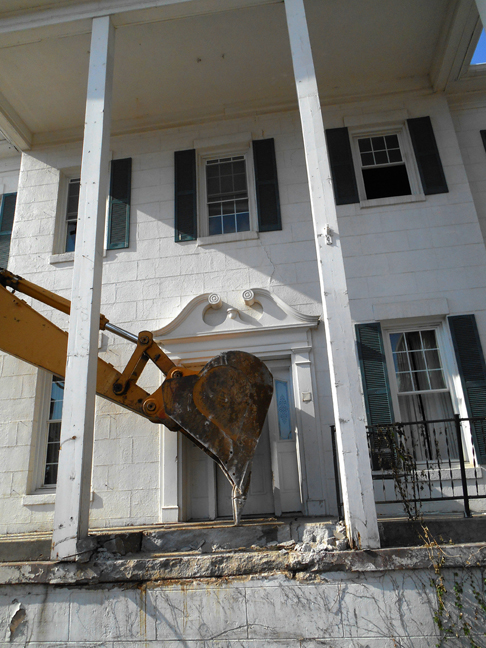
Front door. South elevation.
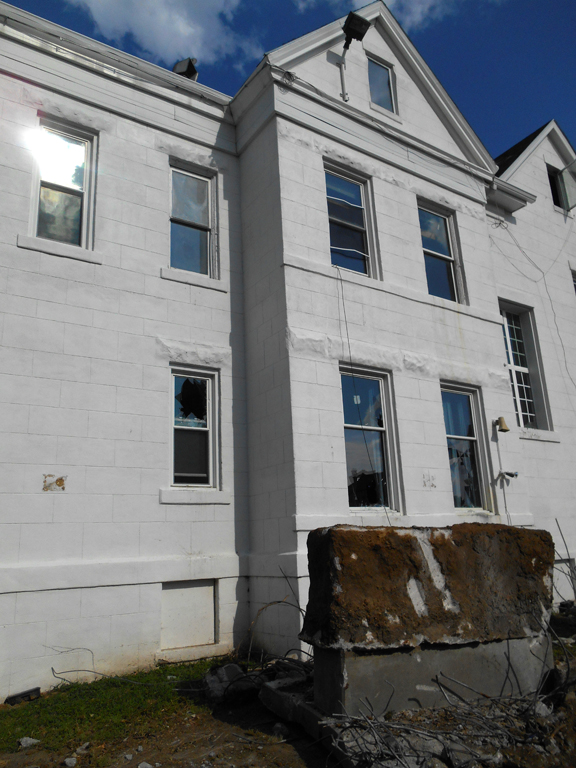
West elevation. Original part of the house. Notice those bold stone carved dripstones.

East elevation. The new addition. Remember the canopy over the garage door? Mystery windows.
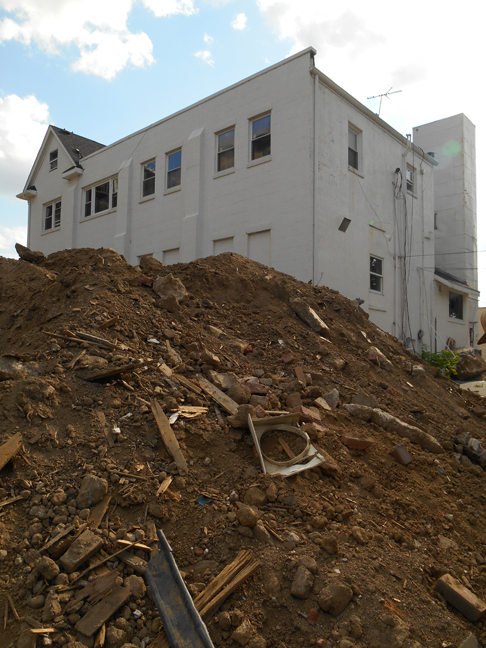
Northeast corner.
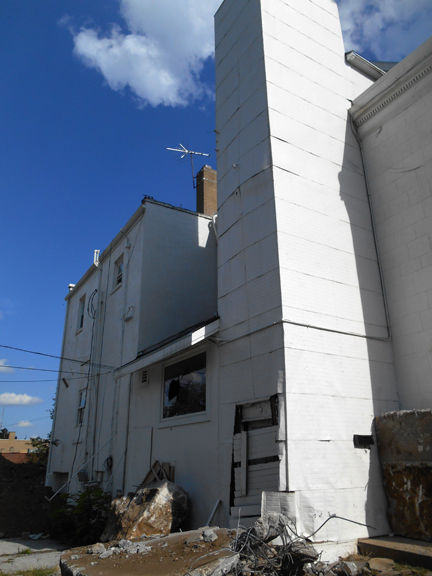
North side. I never did see the elevator with my own eyes, but I now believe this must be the exterior of the elevator shaft. This is the elevator that the previous attendant had said ran through the night under his watch.

North side of the building. Scary new friend resting on an abandoned minivan pullout.
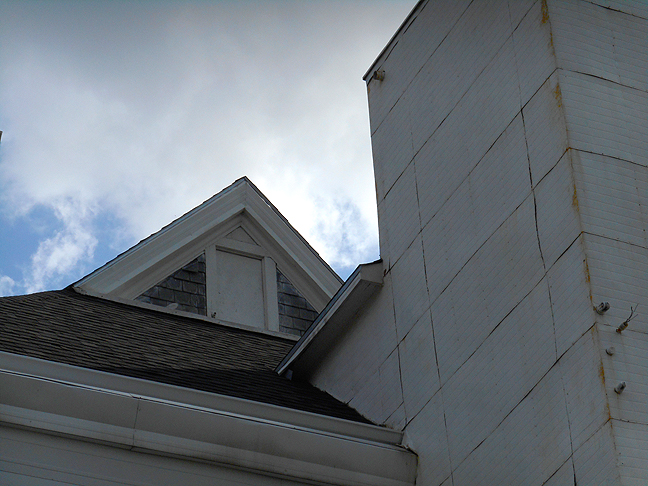
On the old part of the building, on the north side, I spied this shingled gable, in the shadows of the ugly elevator. Her widow was long ago boarded up. I about scaled the building to get a closer look. How much of the Queen Anne was shingled? Oh my word…my favorite Shingle Style detailing.
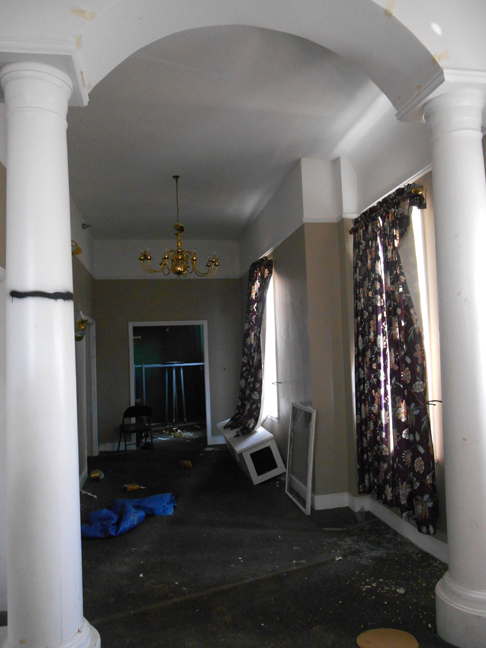
What would have been a reception area outside of the Memorial Chapel on the east or newer side. So those were those drapes calling to me through the window the other day.
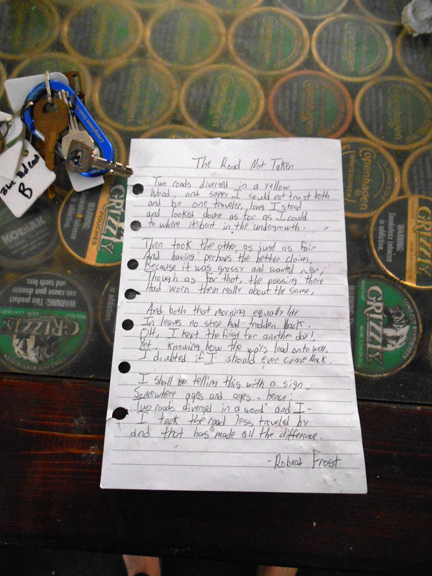
A handwritten poem found in the foyer with a set of keys. “The Road Not Taken” by Robert Frost. Thoughtfully placed there. This is when I got chills because I had already borrowed from R. Frost in the naming of the previous story: A Passing Glimpse.
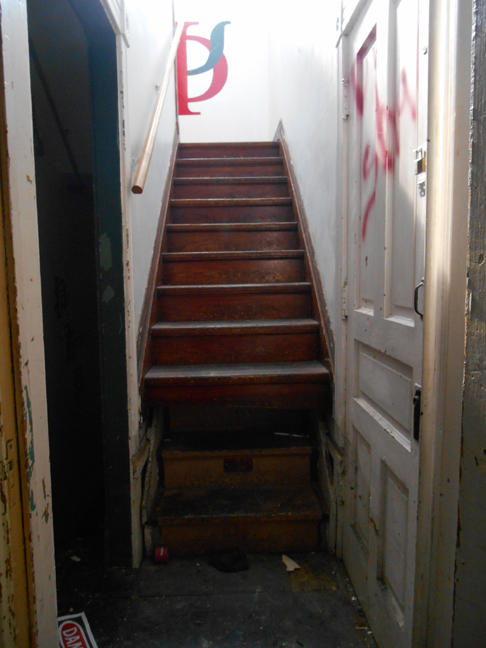
The stranger than strange back stairs or the servants’ stairs from the original side. I really wanted to find these the most. These particular stairs had the bottom steps cut out, no doubt to make room for this back door. These odd little two risers slide back to make room for the door to open. There is a portion of the wood cut out so that you can grab hold. By the materials used, I would guess that this was created in the 40s or 50s. The funeral staff lived above the mortuary and would most likely have used these servants’ stairs from the original home as not to be seen by attendees to a viewing.
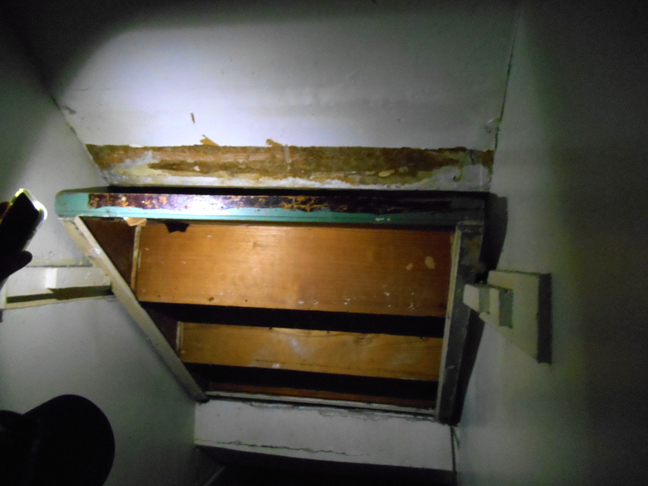
The back side of these queer stairs. I was so hungry to find the mechanics of this invention!
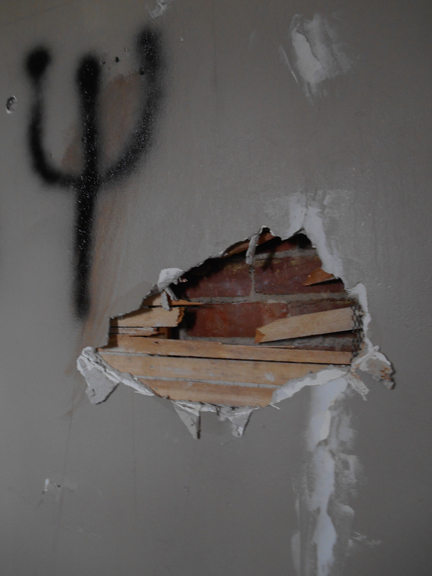
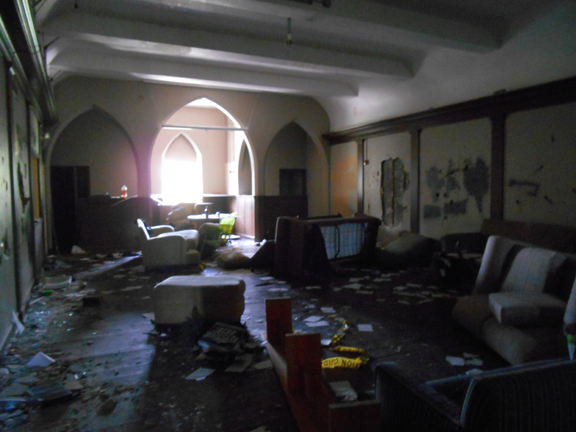
The Memorial Chapel on the east side.
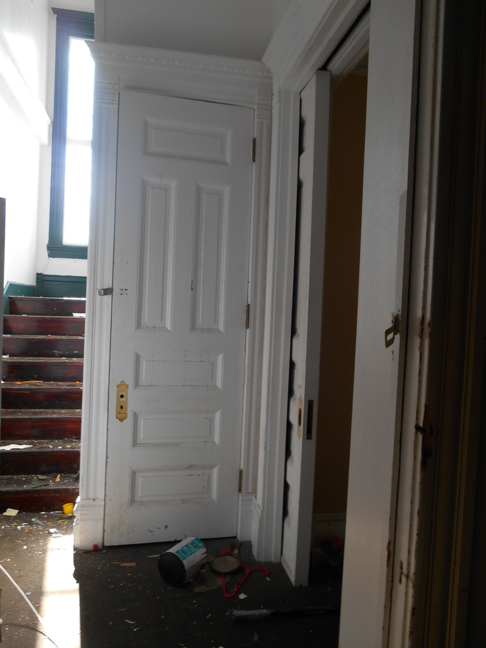
Some of the tallest doors I’ve ever seen.
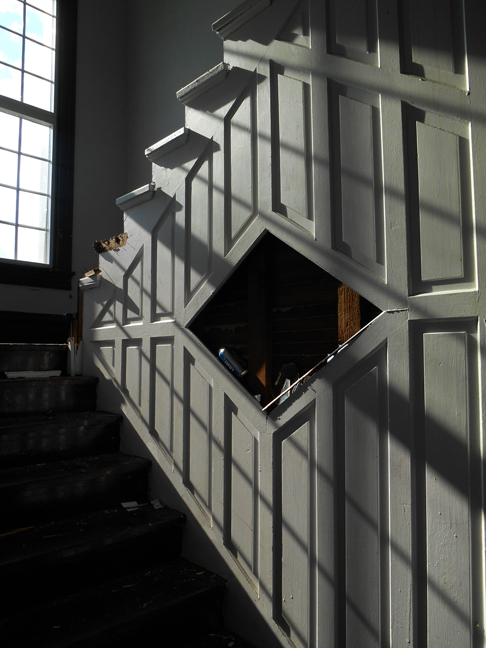
The ravaged grand staircase on the original side. Seen in the previous Crosby renovation photo and in Riley’s collection.
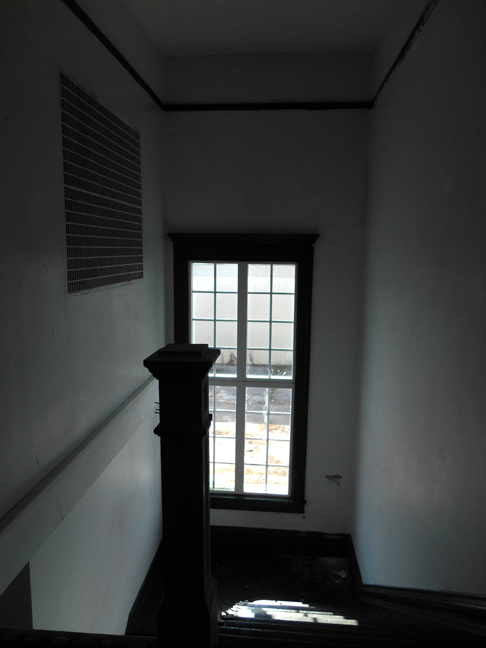
Top of the stairs. Only a post left.
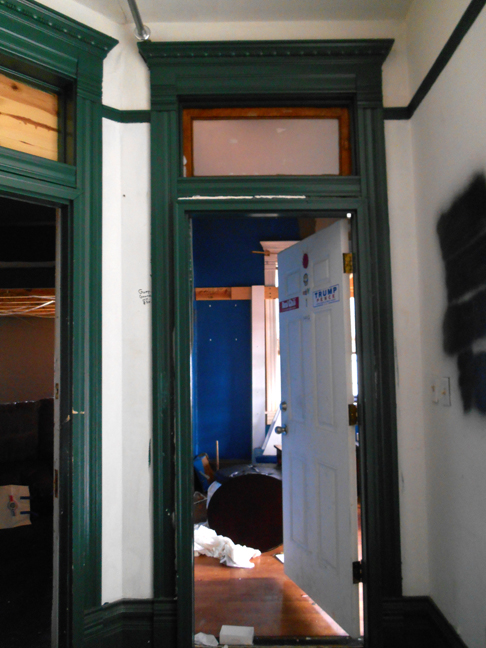
Exceptionally tall doors and their missing transom windows.
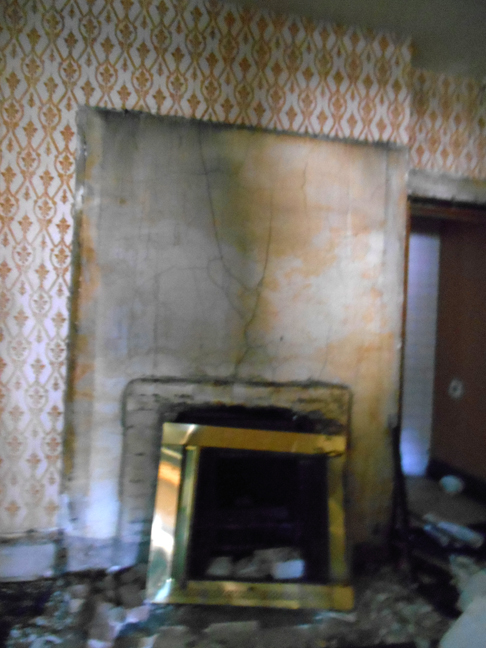
The missing fireplace on the second floor. Original part of the home.
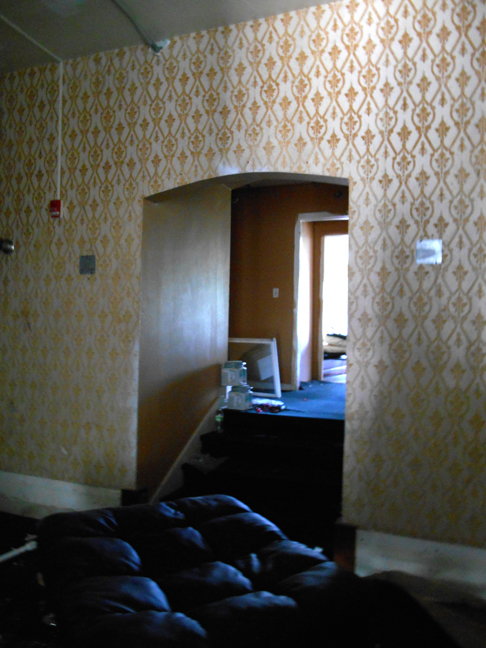
Leading to the addition part of the home.
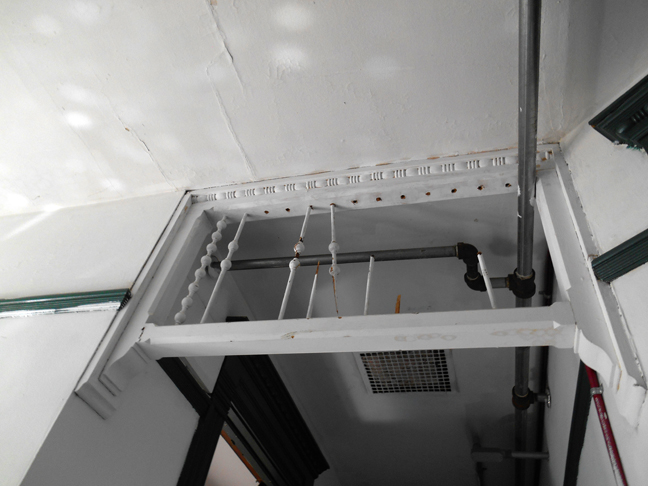
I have never seen such intricate woodwork, varied spindles, in a transom window. Original side. The horror of this sprinkler system! I recognize, probably a code needed for communal living but the aesthetics. Nightmare.

View from the newer side.
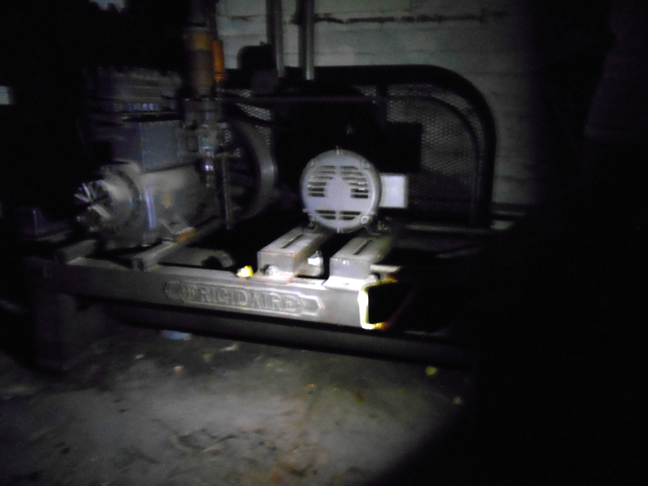
I had a good fright in this very dark basement. Get a load of this Frigidaire belted machine. Someone a lot smarter than I probably knows what this is. I wanted it to be for cold body storage for the funeral home but it possibly is just an early air conditioning or refrigeration unit.
When I was young, I reveled in the uptown chic of my grandmother’s habit of writing things in bright red lipstick on the mirror of her pink bathroom. I wish I could remember those presumed elegant passages. Hopefully it wasn’t something to the tune of “Pick up a Loaf of Bread.” At any rate I had a passing impulse to write on the bathroom mirror of 3618, something passionate in a stop sign red. But I didn’t…because I do uphold a sense of decorum when I am a guest. That and the bathrooms were some of the most repulsive environs I have ever witnessed.
New Information from Phi Kappa Psi Members
**Addendum of September 17, 2017** Imagine my delight when I received three emails from past Creighton Phi Kappa Psi alumni. They were very generous in their sharing of memories and history of the great home at 3618 Farnam. I believe it is important to have these clues entered into record. Sworn to honor their anonymity, I will use pseudonyms. What follows are portions of their emails and photos sent in August of 2017. I have also included numerous photos I took on the day of my guided tour of the house, not included previously. Thank you all!
James: “At the time we took ownership in 2000, the house still had much of the mortuary elements inside and many of the decorative pieces (e.g., chandeliers, stained glass windows, etc…). We sold off a lot of the chandeliers and some of the more valuable elements around 2002 as we recognized they would not last and we could use the funds for some renovations. I’ve attached some photos.”
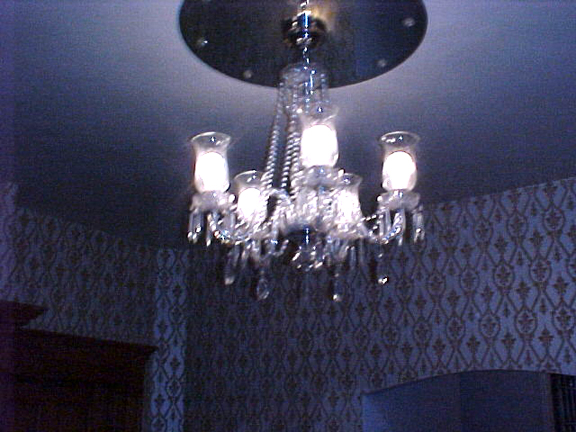
Chandelier in the second floor sitting room from James’ photo collection.
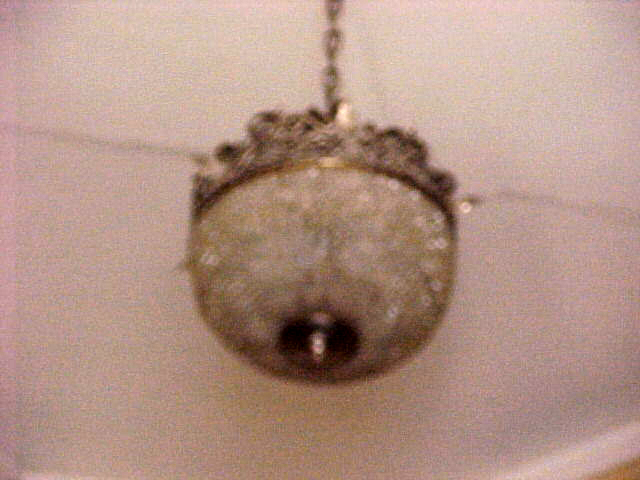
Glorious crystal light fixture from James’ photo collection.
“When you opened the front door, there was a small office with an open window in the left front corner of the house between the stairs and the house. To the right of the foyer was an entrance to the chapel and a coatroom in the far right corner.”
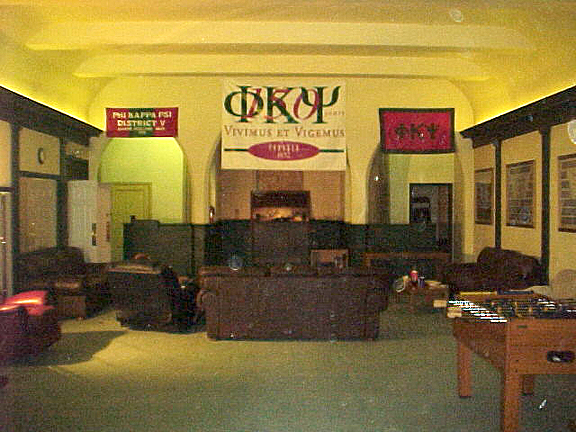
Chapel from James’ photo collection.
“The Chapel had a built in podium near the front and a giant stain glass window in the far back part of the room. I’m not sure I have a picture of it, but you can see the frame of where it was replaced in a couple of the pictures.”
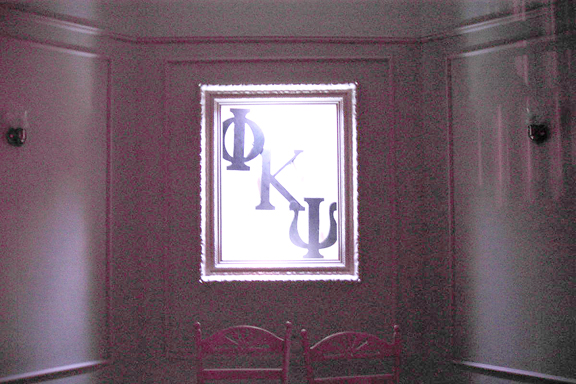
From James’ photo collection.

“In the back stairwell, you noted the moving steps – these steps would slide under the other steps so you could open the elevator door. More so, they moved and some of the wall in the stairwell was knocked out as a way to maneuver coffins around from floor to floor. Many of the ground floor level windows are coffin shaped (large squares) for practical reasons. The elevator was a pulley elevator system that fit one, maybe two people and coffin. We might have used it a little to get furniture up in the first year. It was scary and unsafe to use so we condemned it ourselves around 2001.” James noted that there were no electrical elements to the elevator, to his memory, so he questioned the caretaker’s story of the elevator running on its own (in part one of a Passing Glimpse.)
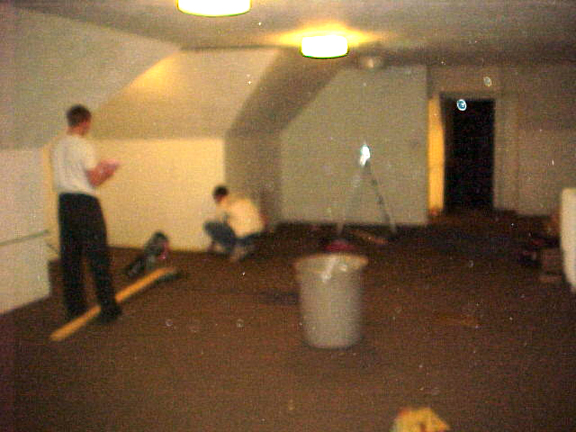
From James’ collection: the fraternal brothers renovating the home.
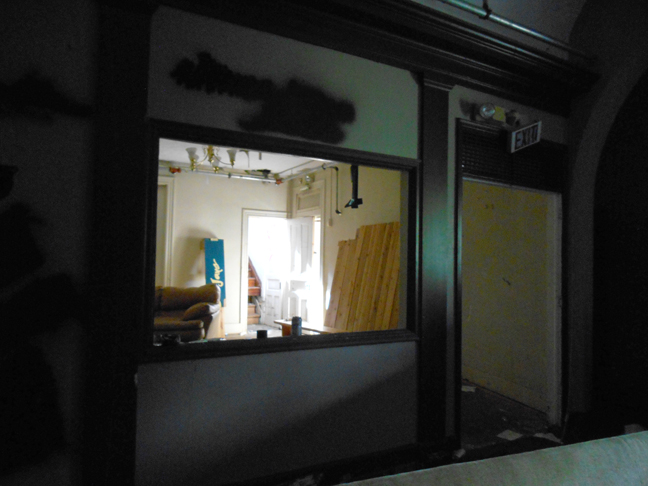
“There was a private family viewing room into the chapel on the left side of the chapter room and another cozy room off it with a really ornate wood fireplace (we partially restored it by stripping many coats of paint). On the opposite side of the hall there was another room we converted to a kitchen and a small bathroom.”
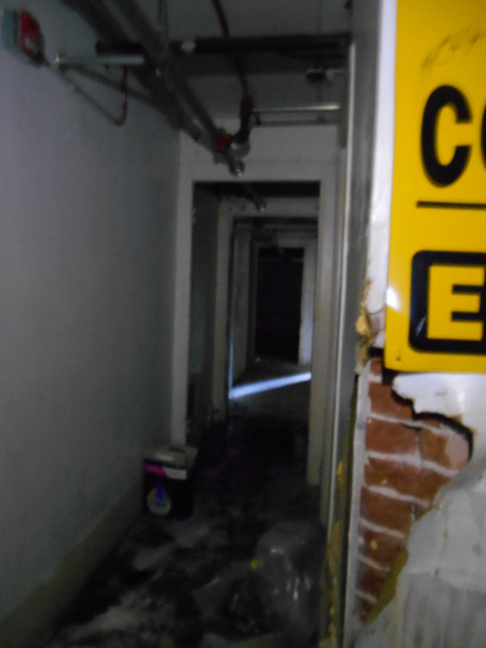
Hallway near the laundry room that I found on my tour. More from James: “Directly below it in the basement was the embalming room when we moved in. We converted this to a laundry room given the available plumbing. This was right at the entrance to the ground floor elevator door. There was a bathroom down there that never worked right and two other rooms. If any of them were haunted, it was one of these (front side under the little office). There were always going to be haunted/ghost stories in the house, but I suspect most of those were people playing with other people. As you documented, the basement opened up into a giant space with an old coal room in the very front (under the 1st floor coat closet). The rest was just where you could have parked several hearses. We used this space for social functions.”
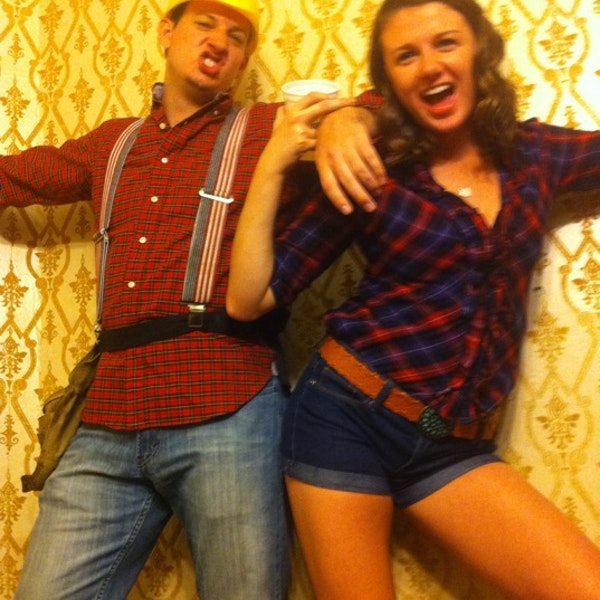
Thomas’ photo from the second floor sitting room. There’s that flocked wallpaper again.
James: “The second floor was likely where the funeral home people lived. Even when we got there, there was a great deal of beauty to this floor. Most of the second floor wood was Birdseye Maple wood (the doors, etc…) – that we understood to be quite rare and expensive.”

“I’m not really sure how this floor was laid out but there was a room in the center where you saw the Birdseye fireplace removed. This remained until the final months when people learned the house had been sold. The chandelier picture was a crystal one in this room with a mirror over the top. In the background, you can maybe see some of the colorings of the fireplace and the wallpaper, which was raised and felt like fuss for the pattern. We used this a social room. We made a community bathroom and divided the rest of this area up into 9 bedrooms.”
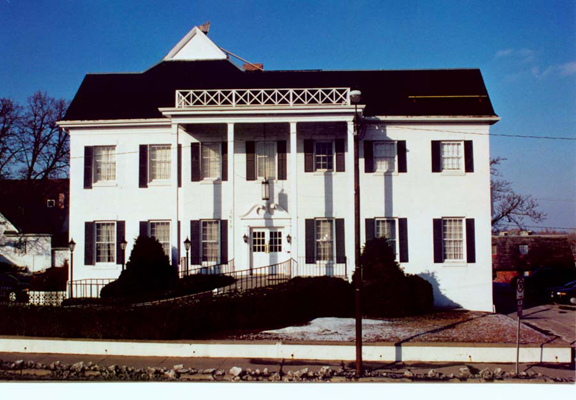
Great southern elevation from James’ photo collection, circa 2000-2004.
“The third floor was only accessible by the back stair way and the elevator. It was wide open when we got it except for 2 connected rooms on the left-hand side right when you got to the top. I’m pretty certain the 3rd floor space was used for showing coffins, but accessing it by the back stairs might have been odd. Within a couple years of moving in, we had divided the top floor into two more bedrooms and a computer lab. The lab was eventually converted into a bedroom (a computer lab was not really needed by the early 2010’s). The sprinkler system was added in 2001-2 as a way to keep with code for the living arrangements. The house could house 20-24 people with some single and some double rooms.”
Then there was a another fantastic email from a fellow I will name Alex. Alex wrote: “I was one of the original fraternity brothers that was there when we purchased the house in 2000. In fact, my roommate at Creighton and I slept on couches in the chapel on the very first night we owned it (I think it was October 2000)! It was quite an experience. I lived there beginning in May 2001 (maybe 6-8 guys moved in immediately in the fall of 2000 and the second wave of us moved in after spring 2001 semester was completed). I lived there until I graduated in May 2003. I was there for much of the interior renovations we did to make the space suitable as a fraternity house. This included installing a kitchen in one of the rooms that used to be a parlor on the main floor, building a large community bathroom in one of the large open rooms on the second floor and building out several bedrooms and a computer lab on the third floor. We also added multiple bedrooms to the large open spaces on the second floor after we moved in.”

Another view of the partial elevator shaft.
More from Alex’s email: “I know you have completed your articles, but for whatever it is worth, I wanted to share a few things with you based on what I read in your article. First, you are correct that the large sheet metal shaft in that one picture is the elevator shaft. When we took possession of the house and for a couple of years after that, we actually used the elevator. However, it is not an automated elevator and instead is one that worked with a series of pulleys and counterweights. You literally had to raise and lower the elevator by hand using ropes that hung outside of the lift cage and inside of the shaft. We used that elevator to haul many loads of furniture and building materials to the second and third floors. In any event, it would not surprise me to hear stories about the elevator ‘running’ with no one in it since it could easily move on its own if someone forgot to lock down the pulley when they exited the elevator depending on which floor it was on. For example, you actually had to pull pretty hard on the rope to make the elevator go DOWN from the third floor because of how heavy the counterweights were. Nevertheless, I always found the elevator to be one of the most unsettling parts of the house. Eventually, we permanently sealed off the elevator over concerns of safety.”

“You had a picture in your most recent article of a large machine down in the basement. If I am not mistaken, I believe that may have been the massive air compressor that was used to run the pipe organ up in the chapel. When we first moved in to the house, the pipe organ was operational. You had to turn on the compressor and allow it to build up sufficient air. You could then actually play the pipe organ. I don’t recall the specifics, but the pipe organ had its own history behind it and was quite valuable. Our fraternity sold it sometime while I was living in the house, I believe, as we had no use for it and there was no need to let it fall into disrepair.”

“In one of the pictures, you can clearly see a house in between the architecture firms building and the mortuary, which as you know, later became a parking lot. What you do not see in that photograph is there was a large coach house located at the very back of the parking lot, which became hours when we purchased the property. To be blunt, the coach house was a frightening place. The floors were caved in throughout and there was a rickety set of broken stairs to lead to the upper level. It was covered in graffiti in littered with needles and other drug paraphernalia. I suspect that coach house may have been part of the structure that must’ve been demolished to make way for the parking lot. This may not be a fact of much consequence, but I found it interesting in any event. That structure never seemed to fit with the rest of the property, and now I think I understand why.” Isn’t that excellent detective work on Alex’s part?
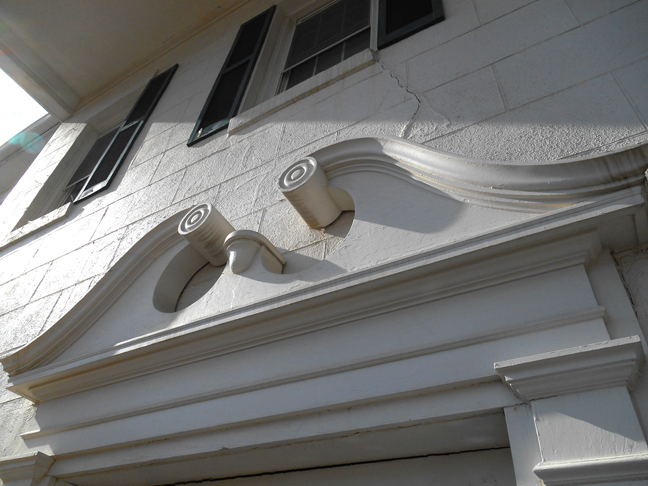
“Lots of amazing memories there. The first time I ever kissed the woman that is now my wife was in that house. And too many nights to count in the summer, we would climb onto the roof above the chapel (there was a door to the roof from the third floor of what I now understand to be the ‘original’ home) and enjoy a few beers and listen to music. I echo the sentiments of the other Phi Psi that emailed you. It was more than a party house… it was a home. And those guys are still my brothers.”
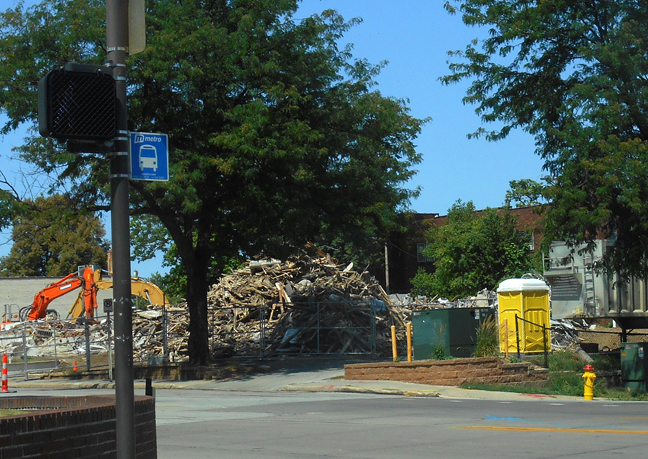

Days later.
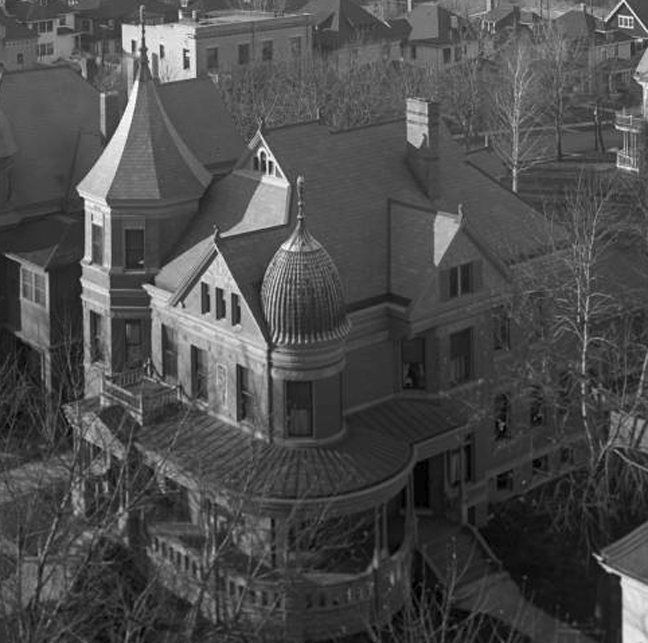
1915. Better days.
Thank you, thank you, everyone for reading my articles and supporting me. It means so much to share this obsession with houses and their people with all of you. I welcome your feedback and comments on 3618 Farnam Street and the fabulous Gold Coast area. Thanks to the Omaha detectives-contributors to this story. We know more together, don’t you think? To comment or read others’ comments, please scroll to the end of this page. If you would like to correspond with me privately, please do so at myomahaobsession@yahoo.com or in “Contact.” But be assured, everyone would love to read what you have to say and it makes the conversation more fun. You can keep up with my latest investigations by going into “Contact” and signing up for the newsletter. In this way you won’t miss a single house and will get an email with every new article. Also join My Omaha Obsession on Facebook for different posts and conversations. Thank you, Omaha friends.
© Miss Cassette and myomahaobsession, 2017. Unauthorized use and/or duplication of this material without express and written permission from this site’s author and/or owner is strictly prohibited. Excerpts and links may be used, provided that full and clear credit is given to Miss Cassette and myomahaobsession with appropriate and specific direction to the original content.
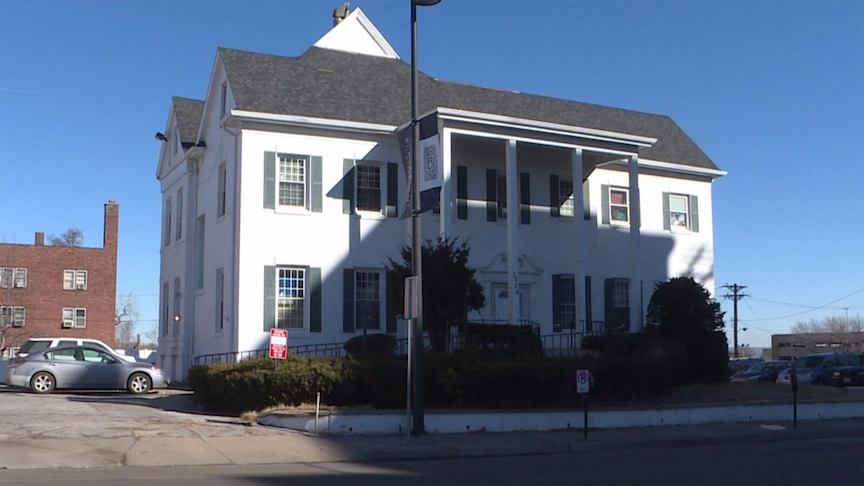
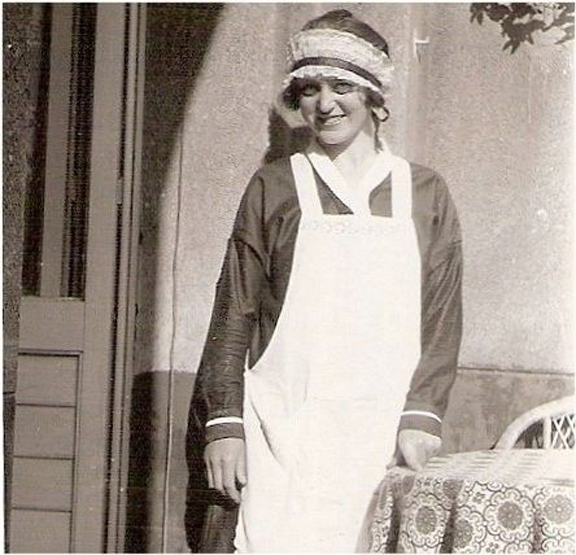

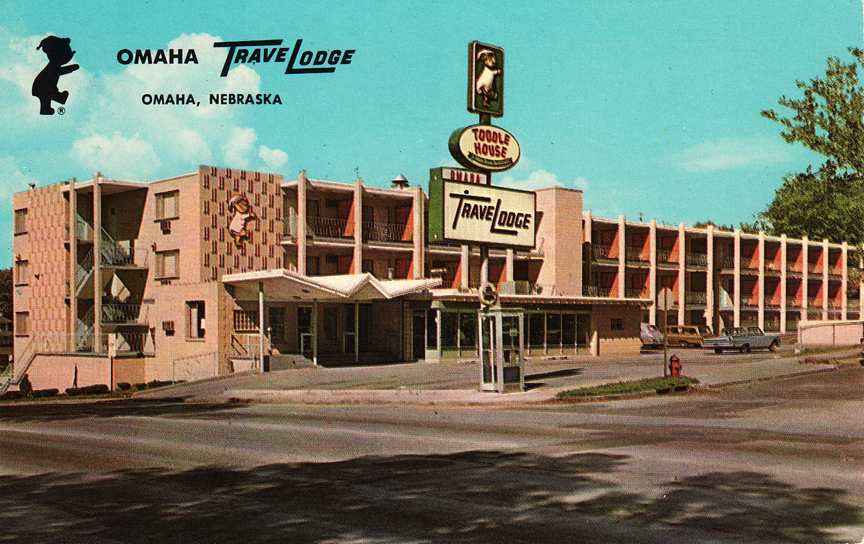
Oh my dear Miss Cassette, don’t you wish for a time machine? To go back to 1915, wearing your favorite silk A-line suit dress, high button shoes, closed parasol walking stick and a lovely hat with perhaps a feather in it to take tea at 3618 Farnam? And then perhaps to visit a few other of the lovely homes around the West Farnam District, or the Gold Coast. Maybe lunch or supper with Dr. Mercer at his lovely abode.
I am so glad that a lot of homes have been saved and are being restored. I really hope the trend continues to do so and people stop selling to the big block apartment folks that are taking away the ambiance of the neighborhood. Thank you, Miss Cassette for your wonderful stories!
I am trying to research my family history in Omaha but I am not getting very far. I was told by an old family friend that my mother had cousins that owned a bar named Rocky’s Hideaway. This was owned and run by her cousins: Rocco and Frank Mercurio. They were brothers. Do you have any information about this establishment? How Can I further my investigation into finding out more about my long lost relatives? You seem to have gain lots of knowledge into our “Past” Omaha establishments. I deeply appreciate any input you may have. Also, I have enjoyed reading and learning about our past history since I grew up not very far from lots of the buildings you have written about. Thank you for your time. Rose Smith.
Rocco and Frank Mercurio were my Great Uncles. Their brother Chuck also worked at the Hideaway. My uncle Rocco died in 1961 and Frank ran it for a short while afterwards until it was destroyed by a fire.
I just discovered the response to my earlier question from Steve Rowley. I know it was a couple of years ago but I would like to somehow connect with Steve. He may be my cousin since he is the nephew to the Mercurio brothers that owned Rocky’s Hideaway in the 1960’s. How do I go about this? I would appreciate feedback. Thank you! Rose Smith.
Hi Rose,
You handled this perfectly. In replying to Steve, he will be notified. If this is still his email address that he used, he will see your response.
Aloha,
My name is Richard Flebbe, and I am the grandson of Lemuel Elmont Fitch. My first memories of the mortuary are from around 1960, as a 5 year old. I spent many nights sleeping over on the hideabed in Grandpa’s office. I was never scared, even knowing there were bodies downstairs. Mom had done cosmetology for the mortuary, and Lem was a straightforward guy…between them I knew generally what was going on down there, but I did avoid the basement. Didn’t bother me seeing cases in their proper coffin ready for visitors. His first wife died, and he remarried a best friend (of both of them) and continued living there until the 70’s or possibly early 80’s when Lem retired. Surprisingly to me, I became somewhat emotional viewing the images of the partly destroyed interior on your blog. The last place I viewed my Mother’s face was in that chapel in 1997. I have lived in Hawaii since 2000, and was surprised to read of the building being torn down, although that, to me, was much preferable to it’s earlier indignity of being turned into a frat house. Lots of great family memories and holidays there, as well as numerous family funerals over the years. The Fitch’s were very active in many of the social clubs of the day, including Masonry, Shrine, Easter Star, Rotary, Toastmasters, and others. Lem and his wife were, at one time or another, Officers of many of these groups, which was a perfect source of ongoing business. They were very prominent back in the day, and people were dying to get in….as my Grandfather would actually say!
To the best of my recollection:
Lem and his wife lived in the large apartment on the second floor. This was their “winter” home…they had a cabin out in the country near Elk City on homesteaded property. Their apartment, which was accessed by the door slightly to the left at the top of the main stairs, which brought you into the parlor with it’s gorgeous fireplace and huge crystal chandelier. Immediately to the right as you entered, was another door that opened into Lem’s office. This could also be accessed directly from a second door at the top of the stairs, just right of the apartment entry. There was a third door to the right at top of stairs that opened into a smaller office that the chaplain used. From the parlor, there was, I believe, a door on each side of the fireplace that led to a large room that was always just miscellaneous storage. There was also a door from this that opened into the hallway that led from the top of stairs to the rear stairs. (There were several other rooms along this hallway, but to my memory there was only one other resident, on the same side as the main apartment, and far end of hallway. I remember the woman’s name as Alice.) OK, back to the parlor…which was quite large, but never really used for entertaining by my grandparents. There were 4 or 5 steps up to the main level of the apartment. Immediately at the top of those stairs, on the right, was a telephone niche with small bench or chair. Walking to the right you would enter the kitchen, which seemed quite long, although somewhat narrow…probably 10 feet wide? With cabinets on both sides. At the end of the cabinets on the left side were swinging doors that opened into the formal dining room. There was a small space on the far side of those doors where a small breakfast table and chairs, and additional cabinets were located. This was where they would have breakfast and lunch, typically. The formal dining room was quite large, with a large china cabinet, sideboard in front of large decorative mirror, table with seating for 12, and other smaller shelf units etc. There was a large archway between the formal dining room and the large living room where they spent most of their time. This brings you back around to the short hallway at the top of the short flight of stairs. So, from the top of those stairs, as you enter from the parlor, to the left was the bathroom directly in front of you. Just before the bathroom was another short hallway that led to the bedroom on your right. The parlor, and, most of the entire first floor of the business area as well as the second floor hallway did indeed have beautiful and intricate wood trim, doors, and brass hardware as well as several large, beautiful chandeliers. It is crushing to see the hideous green and white painted woodwork…
In looking at the images, east side, windows, their apartment started at the front of the building, with the dining room in that corner, with 2 sets of windows on east side. the large window is the living room, and the next two would be the bedroom. I surmise the last two windows would be for the rear, likely bedroom, of Alice’s apartment. Across the front, or south side, the first two windows on the right would be the dining room, next would be the one window in the kitchen at the breakfast table, then next two would be Lem’s office, and the leftmost two would be the chaplins office.
On the main floor, as you entered the main double doors, directly ahead was an open sitting area; to the left between the main stairs and the front wall was the attendants office; to the right of the entry the floor sloped down to the chapel level, with a large coat room against the east wall. I distinctly remember the most wonderful, and very tall, grandfather clock just inside the front entrance, on the left side I believe. It had multiple dials, showed the moon phase, and it’s loud, tick, tock, always seemed somewhat comforting.
From the office, there was a wide hallway to the west, with the two viewing rooms on the right, and two offices on the left. A door at the end of the hall opened to the back stairway. The viewing rooms as well as the offices all had the same spectacular woodwork.
The Fitch’s were quite musical, Lem and his wife, as well as my mother, all played the organ. occasionally for a real treat, we would go downstairs (after viewing hours, when the chapel and viewing rooms were emptied) and they would play some classical, or barbershop, or standards, on the pipe organ…what a sound! Another thing I remember about the chapel is the flowers! OMG when there was a popular or prominent case, the fresh cut flowers would come in by the carload and fill the front of the chapel…wow, what a smell…very intense!
The hearses were parked on the lower level, entering generally from the north side. I believe the drive through door with the awning was an alternate entry for “deliveries”, and I do not mean groceries… The back stairway, as someone did mention, was for use by friends and family visiting the Fitch’s or Alice. The stairs were movable precisely for the reason to move caskets with bodies up from embalming and into one of the two viewing rooms on the first floor. There was also a “family” room that had a separate staircase down to the north driveway, where the family car would be lined up for the procession. I believe one of your pics shows a large window on a section with low roof…that was part of the family room. The exterior entry on the north side, far west corner was the entrance to the back stairs where family and friends of the residents entered; the other door, to the left, was the one from the “family” room. Entering the regular back stairs door, immediately to the left would lead you down to the basement, with the embalming room directly in front of you at the bottom. I remember the basement being very crowded, dingy, and with a narrow hallway at this point, before it opened out into the garage area. They did also usually have an “intern” on staff, usually a college guy, who, I guess, “lived” in a small hovel in the basement. I don’t recall any kind of kitchen or much else beyond clutter down there, but this person would have the responsibility of any nighttime “pickups”. Alice, from upstairs, would be the night attendant if anybody called or showed up overnight, handling initial information exchanges.
The “showroom” was on the top floor, with some warehousing, but most of the extra stock was kept in the basement, stacked 4 deep. Interesting note, at that time new caskets were often shipped in fantastic cedar crates that had inexpensive stamped copper colored handles. We had a number of these in our basement that my Dad put shelves into for use as storage…
The fantastic house next door was indeed, sometime in the 60’s or 70’s, Drew’s Antiques. They were probably the premier antique dealer in Omaha, making frequent buying trips to Europe, returning with some wonderful items. They became close friends of the Fitch’s, including my mother, who furnished the apartment and my parents home with many objet d’art. The coach house behind it was used for their storage, with the house being spectacularly filled with the best of the best. Later, Lem bought that property, gull bulldozing it for a parking lot, much needed by his thriving business. he used the coach house for warehousing. The lot on the east side of the building did belong to the Blackstone, although in the early years he had an arrangement with them to use it during certain hours for large services. It also seems to me the slate house on the other side of that might have been a branch of Security bank at some point? Not sure about that, might be thinking of a different location, similar look?
Wow, quite a trip down memory lane…mahalo!
Minor correction to above…
5th paragraph….”From the office…” the hallway went to the north, not west! Senior moment…
Another bit I remembered overnight was the fact that on the main floor, at the north end of the hallway from the attendants office, situated on the left side of the hall, between the Vice President’s office and the doorway to the visitor stairs was a restroom. This would also be directly across the hallway from the family viewing room mentioned previously for convenience. Seems to me it was small, more of a powder room, for individual use. The viewing room allowed families the privacy of being behind veiled curtains to watch the service separate from the other mourners in the main chapel. It was situated so that as people passed the casket to pay respects, they would walk directly toward the family, without actually being able to see them in their grief, then turning to walk back to the rear of the chapel along the western wall of it. Families could easily recognize the other mourners as they passed by due to a very effective use of lighting.
Also, regarding the elevator….yes it was a noisy and somewhat unsettling ride. The counterweight system seemed to work quite well though actually, as it was in use regularly, and for many years. The terrifying aspect is that it was still being used by the frat boys so many years later! At the basement level, the entry was to the left at the bottom of the stairs from the visitor entrance, with the embalming room directly across from the stairs. The first floor access as you are already aware involved sliding a portion of the stairway out of the way. On the second floor there was just another beautiful large wood door that opened to the elevator gate. I don’t recall if there was a door on the showroom floor as well, or if it was just the elevator gate.
In checking dates, Lem’s second wife passed in 71, and he passed in 1978, so he would have retired in 75 or 76. I know he was still active in late 74 when my Father’s service was held there. John A Gentleman was operating the mortuary when my mother passed. Although I did not go upstairs at that time, the main floor and chapel were mostly still as I remembered from the 70’s.
I did not know of the major remodel of that building in the 40’s, of course well before my time. I need to recheck my family photos, as I know there are at least a couple pics of that style of building, but I always thought they were his previous location a few blocks away. Need to check on that. Also, I have a few photos from inside the apartment, I’ll see what I can find and possibly post over the weekend.
Aloha
Elmont Fitch was my Great Uncle. I spent a fee summers visiting him in Elkhorn, and at the funeral home.. I always thought it was funny that the patio benches he had were actually old headstones that could not be used because of some sort of error. Sad to see the home is no longer there.